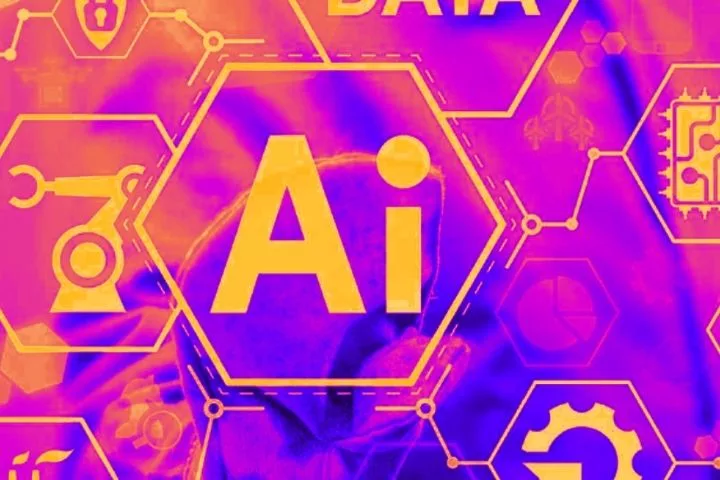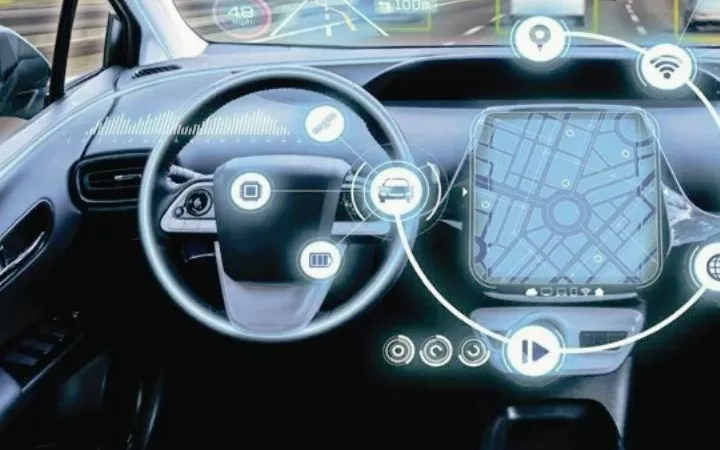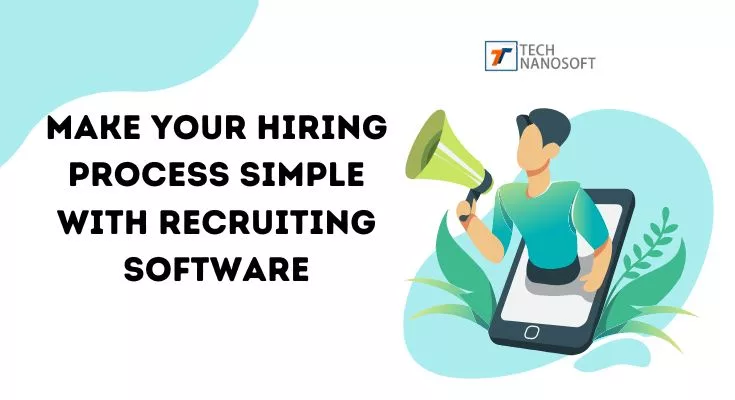AI Solutions In Manufacturing – Making The Work More Fun

AI takes on a lot of monotonous work in manufacturing. It is now possible to create AI solutions without data and technology experts. BMW shows how it’s done.
AI has the potential to accelerate industrial production on a previously unimaginable scale and at the same time to reduce costs,” says a research note from Accenture.
This is particularly true of the automotive industry because, according to Capgemini, 14 per cent of all OEMs are already using AI solutions on a large scale.
KI: consistently reliable results
The BMW Group also uses automated image processing for quality control. This edge application includes checking whether the warning triangle or the first aid kit is in the right place or whether the cover cap is attached to the windshield wiper.
At the Dingolfing plant, an AI application compares the order data with the live image of the model lettering of the newly produced automobile. Nameplates such as “iX” or “xDrive” and all possible combinations are stored in a cloud-based image database. If there is no lettering, the employees receive a corresponding notification.
Experience shows that AI systems are superior to human auditors in this routine work. The systems are faster, more accurate, more reliable – and don’t tire.
You can check hundreds of parts per minute with consistently reliable results around the clock. With the correct resolution and optics, they can recognize details that the human eye cannot see.
Anyone can develop AI.
Although the successes of AI in manufacturing are already considerable, they could be even greater if there weren’t any inhibitions about its use because so far, many AI applications are still the domain of data and technology experts.
That is why BMW is trying to achieve what they call a “democratization of AI”. In this specific case, this means that every employee in production can create and operate their own AI workloads.
A no-code solution is used, with which corresponding AI solutions can be developed entirely independently on each work PC without programming knowledge to support the individual workflow directly.
BMW is thus following a technology trend according to which more and more applications are being moved to the extreme ends of the IT infrastructure – the edge.
This reduces the amount of data going out at the border, which lowers cloud costs. In connection with AI, even less data is transferred to the cloud, as fewer decisions have to be made in the cloud.
A power toolkit from Intel
In this case, BMW uses an application developed by Robotron database software GmbH, a specialist in industrial computer vision and IoT based in Dresden. The Intel® OpenVINO ™ Toolkit, which is available as open-source on GitHub, is used here.
This toolkit accelerates and improves machine vision with deep learning and thus brings BMW much closer to the goal of “AI for everyone”.
OpenView consists of four modules: The Model Optimizer, the Inference Engine, the Deep Learning Workbench, and optimized libraries and functions for OpenCV and OpenVX. The scope of services of the individual modules includes, among other things:
- Model Optimizer: a command-line tool based on Python. It supports more than 100 publicly accessible models from common deep learning frameworks such as Caffe, TensorFlow, Apache MXNet or Open Neural Network Exchange (ONNX).
- Inference Engine: It provides corresponding solutions via a standard API on the desired platform. Inference describes the use of the trained model to draw conclusions or make predictions from given data.
- Deep Learning Workbench: a web-based graphical environment. It enables users to visualize the simulation of the performance of deep learning models and data sets on different configurations of the Intel architecture.
- OpenCV and OpenVX: The toolkits offer optimized libraries and functions. OpenCV is a free program library with algorithms for image processing and machine vision. OpenVX is an open standard for the cross-platform acceleration of machine vision applications.
BMW: Active in the community
The example described here is just one of many AI solutions at BMW. The company is also committed to expanding the AI community. For example, BMW recently released an AI solution to anonymize any object in photos and videos.
This allows things or people to be hidden or defocused. The granularity and the intensity of the anonymization can be adjusted intuitively. These algorithms were also made available by BMW on GitHub for general use.
Conclusion
BMW’s new AI solutions relieve production employees of many monotonous routine activities. You are no longer dependent on the support of data and technology experts but can create your no-code application with Intel’s OpenVINO Toolkit.






